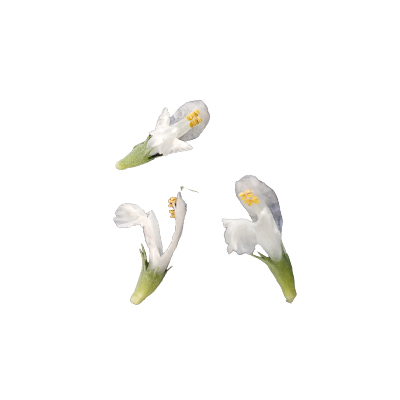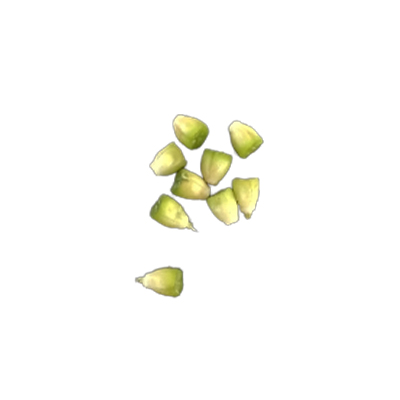Honeyweed
Leonurus japonicus Houtt.
Lamiaceae
Location in our garden
Principal
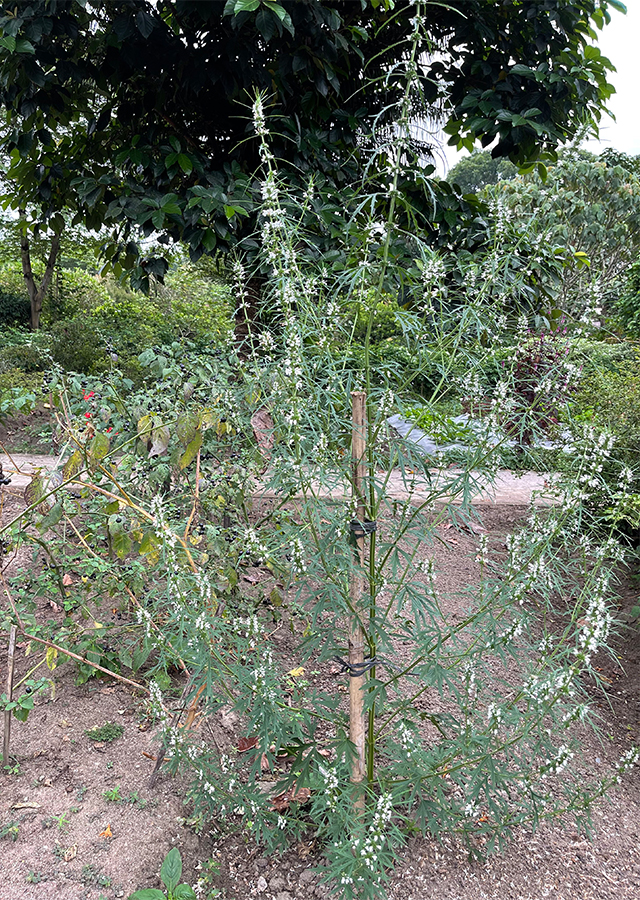
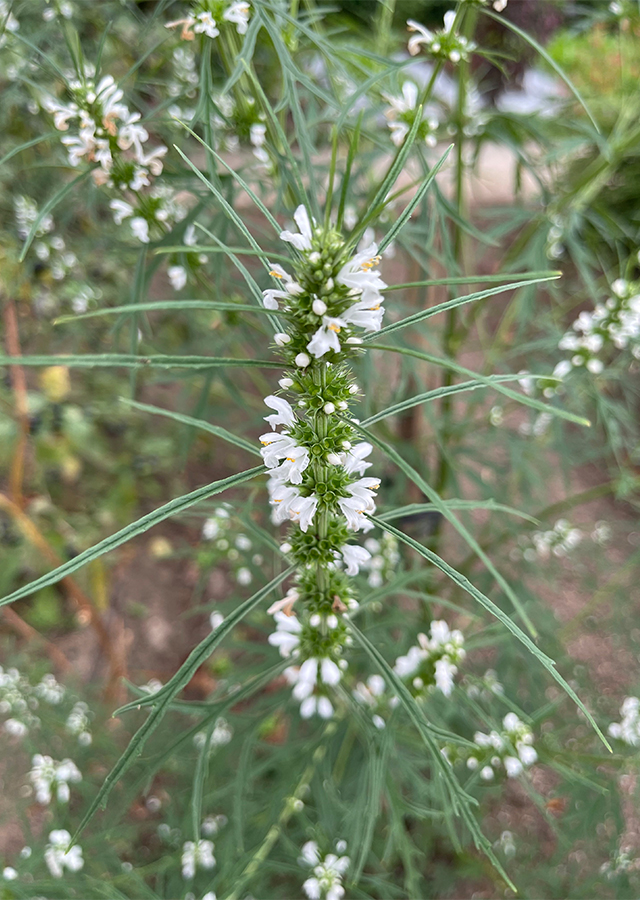
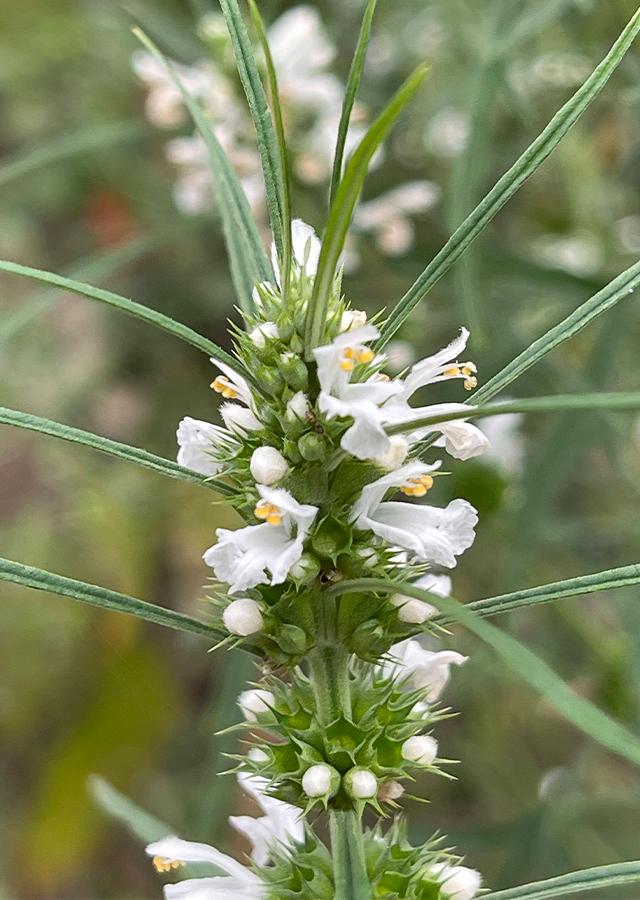
Synonym
Leonurus altissimus Bunge ex Benth.
Leonurus artemisia (Lour.) S.Y.Hu
Leonurus sibiricus Anon.
Habitus
Herbaceous. An erect, annual to short-lived perennial plant growing 0.5-1.5 m tall.
Part Used
Leaves
Seeds
Flowers
Fruit
Stem
The Whole Plant
Growing Requirements
Full Sunshine
Habitat
Riverbanks
Coastal
Roadside
Grassland
Terrestrial
Overview
Leonurus japonicus is a native of temperate Asia, Siberia, China, Korea, and is found from Japan to India and the Mascarenes. It now has a pantropical and temperate distribution. In Malesia, it is distributed from Peninsular Malaysia to Sumatra, Java, Borneo, Bali, Sulawesi, Timor and the Moluccas, and also in the Philippines. It is sometimes cultivated as an ornamental or for medicinal purposes. The plant is a popular herbal treatment in Traditional Chinese Medicine and is commonly harvested from the wild and sold in local markets. Leaves and roots are edible; used as flavoring. Young shoots cooked, imparts a sweetish flavor. In Sarawak, herb used as a culinary ingredient.
Vernacular Names
Agripaume (French), Marihuanilla (Spanish), Erva-macae (Brazilian), Kamariang-sungsong (Tagalog-Philippines), Raktodrone (Bangladesh), Sung [us]y (Vietnamese), Khanchaa thet (Thai), Kacang ma (Malaysia),
Agroecology
Occurs in waste places, along river banks, hillsides, roadsides, gardens, railway embankments, under both humid and semi-humid climatic conditions, from 0-2,000 m altitude, and also as a weed in arable land. Succeeds in most soils. Prefers a poor soil.
Morphology
- Root - tuberous rootstock.
- Stem - 4-angled, furrowed, pubescent or glabrescent, with an unpleasant smell.
- Leaves - decussate, lower leaves ovate or deltoid in outline, 5-7 cm x 3-4.5 cm, palmately-pinnately partite or dissected, with linear incised segments, upper leaves linear, chartaceous, glabrescent above, glaucous and pubescent on the veins beneath; petiole of lower leaves 2-4 cm long, upper leaves sessile; stipules absent.
- Flower - inflorescence composed of verticillasters with numerous axillary, bisexual, irregular, sessile flowers; bracts subulate or spinescent, 4-10 mm long; calyx turbinate-campanulate, 4-5 mm long, in fruit 6-7 mm long, 10-veined and 5-toothed, almost equal, glabrous or sparingly pubescent to spinous; corolla 2-lipped, 10-11(-20) mm long, tube slightly shorter than the calyx, when young with an oblique ring of hairs inside, upper lip entire, obovate, erect, convex, pubescent outside, lower lip 3-lobed, midlobe very large, obcordate, pubescent, white, pinkish or red; stamens 4, in 2 pairs, filaments thinly hairy, ascending under the upper lip, anthers 2-celled, glandular; ovary deeply 4-partite, style 2-fid, branches obtuse.
- Fruit - consisting of 4 dry 1-seeded schizocarpous nutlets enclosed in the persistent calyx.
- Seed - nutlets ellipsoid, 2 mm long, truncate at apex, smooth, brown.
Cultivation
- Generative propagation is by seed - sow in a container. The seeds germinate best at temperatures between 20-25 °C. When they are large enough to handle, prick the seedlings out into individual pots and plant them out when large enough.
- Vegetative propagation is by stem cutting.
Chemical Constituents
Alkaloids (cycloleonurinine, leoheterin, leonurine, leonurinine, leuronurine, prehispanolone, preleoheterin, stachydrine), four major flavonoids (quercetin-3-O-α-L-rhamnopyranosyl-(1>6)-β-D-galactopyranoside; rutin; hyperin, isoquercetrin), and three minor flavonoidic compounds (genkwanin, 3′-hydroxy genkwanin, quercetin), phenols (yimunoside A and yimunol A), essential oil, fatty oil, and many others.
Traditional Medicinal Uses
- The fruit is antibacterial, diuretic, emmenagogue, hypotensive, ophthalmic and vasodilator. It is used in the treatment of abnormal menstruation, nebula and conjunctivitis.
- The dried flowers are emmenagogue and are also used in pregnancy and to help expel the placenta after giving birth.
- The seed has a sweet, pungent flavour. It is aphrodisiac, diuretic, emmenagogue, ophthalmic and is also used in the treatment of various women's complaints.
- The juice of the stems is vulnerary.
- In Chinese medicine, all plants parts are used, especially the seeds. Used for postpartum hemorrhages and menstrual disorders. Used as a diuretic in the treatment of edema associated with acute nephritis. Herb is used to treat loss of potency in men.
- In Malacca, poultice of plant used for headaches.
- In India, roots, leaves, and juice are bitter; an infusion used as febrifuge.
Part Used
Reference Sources
- Fern, Ken. (2022). Useful Tropical Plants: Leonorus japonicus. https://tropical.theferns.info/viewtropical.php?id=Leonurus+japonicus. 18-09-2022.
- Kew Royal Botanic Gardens. (No date). Plants of the World Online: Leonurus japonicus Houtt.. https://powo.science.kew.org/taxon/urn:lsid:ipni.org:names:449195-1. 18-09-2022.
- Stuartxchange. (2020). Philippine Medicinal Plants: Kamariang-sungsong. http://www.stuartxchange.org/Kamariang-sungsong. 18-09-2022.
- Teo, Stephen P., and Pin, Chua H. (2001). Leonurus sibiricus L. https://prota4u.org/prosea/view.aspx?id=1159



